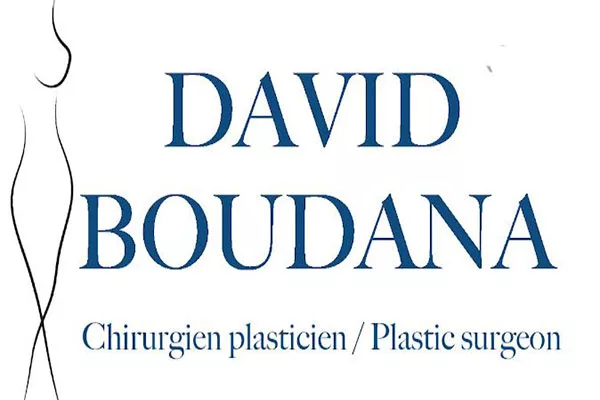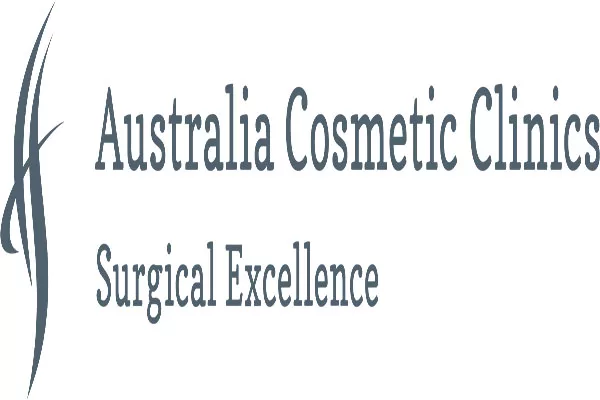Plastic surgery is a cosmetic procedure that is becoming increasingly popular. While many people undergo plastic surgery to enhance their appearance and boost their self-confidence, there are potential complications and problems associated with going under the knife. Two of the most common problems associated with plastic surgery are bottoming out and pain. In this article, we will explore these two issues and what you can do to avoid them.
What is Bottoming Out?
Bottoming out is a common complication that can occur after breast augmentation surgery. It happens when the implants are poorly positioned, causing them to drop too low on the chest. This can lead to a bottom-heavy appearance, where the breasts appear to be sagging or sitting too low. Bottoming out can be caused by a number of factors, including using implants that are too heavy, placing the implants too low on the chest, inadequate support of the implant pocket, and excessive stretching of the skin. If left untreated, bottoming out can cause discomfort and may require additional corrective surgery.
Symptoms
If you have had breast augmentation surgery and are experiencing bottoming out, you may notice a few symptoms. These can include:
- The appearance of sagging or bottom-heavy breasts
- The appearance of a double bubble, where the implant has slipped below the natural breast crease
- Nipple position that is too high on the breast
- A feeling of discomfort or pain in the breast area
If you are experiencing any of these symptoms after breast augmentation surgery, it is important to speak with your plastic surgeon to discuss your options for correcting the issue.
Treating
If you have been diagnosed with bottoming out after breast augmentation surgery, there are several treatment options available to you. These include:
- Wearing a supportive bra: Your plastic surgeon may recommend that you wear a supportive bra to help elevate the breasts and provide additional support to the implant pocket.
- Using a support garment: Another option is to use a garment that provides support to the implant pocket and helps keep the implant in a higher position.
- Revision surgery: If the bottoming out is severe or other treatments have not been effective, your plastic surgeon may recommend revision surgery. During this procedure, the implant pocket will be revised and the implant will be repositioned to a higher location on the chest.
It is important to discuss your treatment options with your plastic surgeon to determine the best course of action for your specific situation.
What is Pain after Plastic Surgery?
Pain is a common side effect of plastic surgery, no matter what type of procedure you have had. The level of pain you experience will depend on the type of surgery you had, the extent of the surgery, and your personal pain tolerance. While some pain after surgery is normal, if you are experiencing severe or persistent pain, it may be a sign of a complication that requires medical attention.
Types of Pain after Plastic Surgery
There are two main types of pain associated with plastic surgery: acute pain and chronic pain.
- Acute pain: Acute pain is a temporary pain that occurs immediately after surgery and typically lasts for a few days to a week. This type of pain is a normal part of the healing process and can be managed with pain medication prescribed by your plastic surgeon.
- Chronic pain: Chronic pain is pain that lasts for an extended period of time, usually longer than three months. This type of pain is less common but can occur after plastic surgery, especially if the nerves were damaged during the surgery. Chronic pain can be more difficult to manage and may require additional medical treatment.
Causes of Pain after Plastic Surgery
There are several factors that can contribute to pain after plastic surgery, including:
- Tissue damage: During surgery, tissues are cut and manipulated, which can cause pain.
- Inflammation: Inflammation is a natural response to surgery and can cause pain and swelling.
- Nerve damage: Damage to nerves during surgery can cause pain and numbness in the affected area.
- Poor wound healing: If your wounds are not healing properly, it can cause pain.
- Infection: Infection can cause pain and other symptoms, such as fever and redness.
It is important to discuss any pain you are experiencing after plastic surgery with your plastic surgeon to determine the underlying cause and appropriate treatment.
Treating Pain after Plastic Surgery
There are several ways to manage pain after plastic surgery, including:
- Medication: Your plastic surgeon may prescribe pain medication to help manage your pain. It is important to take the medication as directed and only for as long as necessary.
- Ice and heat: Applying ice or heat to the affected area can help reduce pain and swelling.
- Rest: Resting and taking it easy can help your body heal and reduce pain.
- Physical therapy: Your plastic surgeon may recommend physical therapy to help you regain strength and mobility after surgery.
- Massage: Massage can help reduce pain and improve blood flow to the affected area.
- Acupuncture: Acupuncture is a traditional Chinese therapy that involves inserting needles into the skin at specific points to help reduce pain.
It is important to discuss pain management options with your plastic surgeon to determine the best approach for your specific situation.
Preventing Complications and Pain after Plastic Surgery
There are several steps you can take to help prevent complications and reduce the risk of pain after plastic surgery, including:
- Choose an experienced plastic surgeon: Do your research and choose a plastic surgeon who is experienced and has a good reputation. This will help ensure that your surgery is performed properly and reduces the risk of complications.
- Follow post-operative instructions: It is important to follow your plastic surgeon’s post-operative instructions carefully to help reduce the risk of complications and promote proper healing.
- Eat a healthy diet: Eating a healthy diet rich in nutrients can help boost your immune system and promote healing after surgery.
- Quit smoking: Smoking can interfere with proper healing and increase the risk of complications. It is important to quit smoking at least several weeks before your surgery.
- Manage stress: Stress can slow down the healing process and increase the risk of complications. It is important to manage stress through relaxation techniques such as yoga, meditation, or deep breathing exercises.
By following these steps, you can help reduce the risk of complications and pain after plastic surgery and promote proper healing.
Conclusion
Plastic surgery can be a life-changing procedure, but it is important to be aware of the potential complications and problems associated with it. Bottoming out and pain are two of the most common issues that can arise after plastic surgery. By understanding the symptoms and treatment options for these problems, as well as taking steps to prevent complications, you can help ensure a successful outcome from your plastic surgery procedure. If you are experiencing any pain or complications after plastic surgery, it is important to speak with your plastic surgeon to determine the underlying cause and appropriate treatment. With proper care and attention, you can minimize the risks and achieve the results you desire from your cosmetic surgery.
References:
- Bottoming Out After Breast Augmentation by Trevor M Born and Eduardo D Rodriguez, in Plastic and Reconstructive Surgery, published in January 2010.
- Pain Control after Aesthetic Plastic Surgery by David R. Broadway and Alexander Donath, in Facial Plastic Surgery Clinics of North America, published in November 2010.
- Bottoming Out in Aesthetic and Reconstructive Breast Surgery by Aaron M. Kosins and Michael C. Edwards, in Plastic and Reconstructive Surgery, published in November 2014.
- Complications of Plastic Surgery by Thomas A. Mustoe, in Clinics in Plastic Surgery, published in October 2003.
- Minimizing Postoperative Pain and Discomfort in Aesthetic Plastic Surgery by Steven H. Dayan and Michael Brucker, in Facial Plastic Surgery, published in August 2010.







